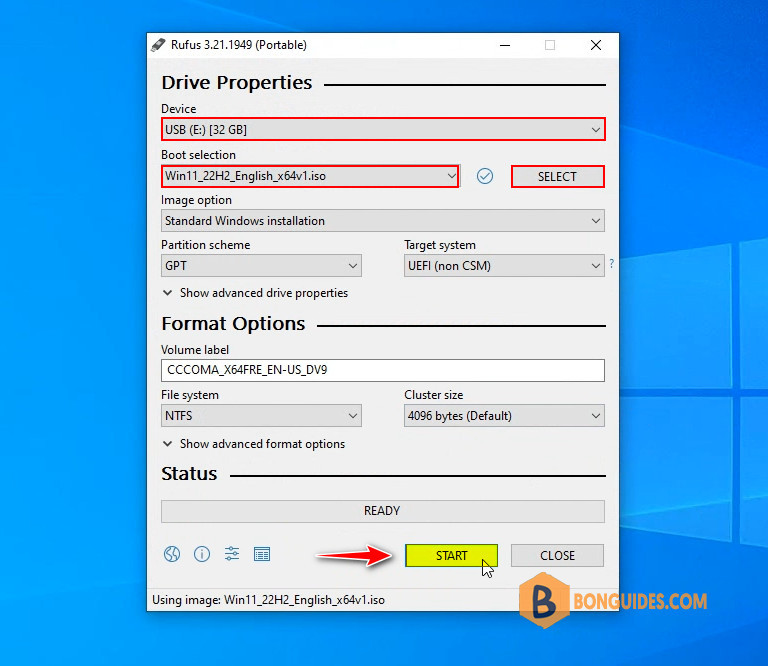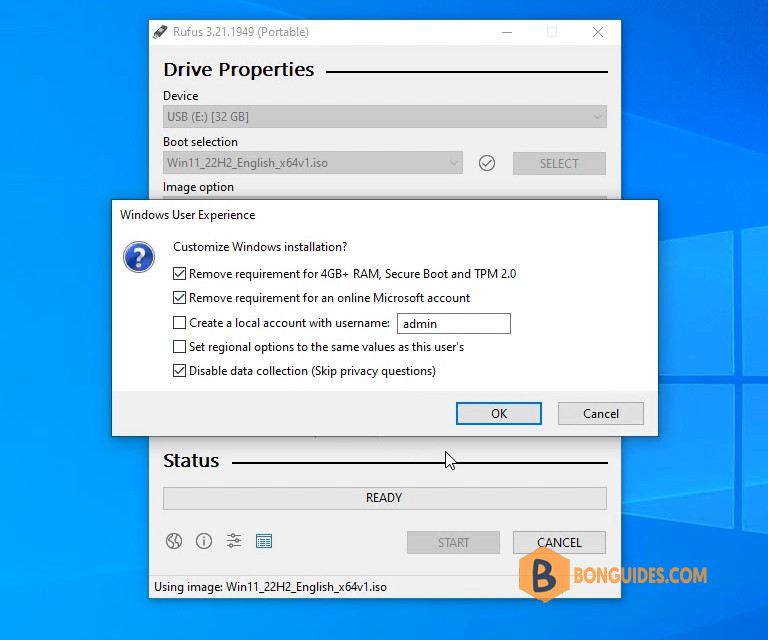Table of Contents
Windows 11 22H2 adds even more installation requirements, including an internet connection and a Microsoft account to complete the initial setup. However, you can now use Rufus 3.20 (and higher releases) to create a USB bootable media to bypass these and other restrictions.
In the original release, Windows 11 (version 21H2) introduced higher installation requirements, including modern processors, Secure Boot, TPM 2.0, 4GB of RAM, and 64GB of storage, and on the Windows 11 2022 Update, the company is upping the restrictions even further, requiring an internet connection and the use of a Microsoft account to set up the installation.
Although these requirements make installation even more complicated, you can use workarounds and tools like Rufus to upgrade on unsupported hardware or install Windows 11 with a local account.
Bypass restrictions on Windows 11 22H2
To create a Windows 11 22H2 bootable USB to bypass system requirements, use these steps:
1. Open Rufus website. Click the link to download the latest version.

2. Open the downloaded file to launch the tool.
3. Under the Device section, use the drop-down menu and select the flash drive to create the Windows 11 22H2 bootable USB media. Then click on Select button and select the Windows 11 ISO image file.

4. Leave all setting as default then click the Start button. New window appeared, then you can select the options to bypass during installation:
- Remove requirement for Secure Boot and TPM 2.0.
- Remove requirement for 4GB+ RAM and 64GB+ disk.
- Remove requirement for an online Microsoft account.
- Disable data collection (Skip privacy questions).

Once you complete the steps, Rufus will create a bootable USB media that will bypass the requirements to upgrade or install a fresh copy of Windows 11 on unsupported hardware.





